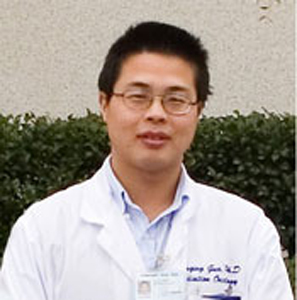Program Information
Statistics, Error Analysis, and Uncertainty Reporting in Medical Physics
F Guo1*, D Ruan2*, J Cui3*, (1) Yale University, New Haven, CT, (2) UCLA School of Medicine, Los Angeles, CA, (3) UC Davis Medical Center, Sacramento, CA
MO-F-116-1 Monday 4:30PM - 6:00PM Room: 116Medical physics is a branch of physics so the rules with error analysis and uncertainty reporting of measurements, should be same and observed. In reality, these rules are not obeyed very well as an observation of the clinical practice shows. Partial of the causes is that physicists are from different backgrounds which have different degrees of following the requirements on applying these rules. Another reason is that clinical physicists are part of a treatment team in which other members don’t necessarily have same strict requirements as physicist should have. To communicate with other treatment members, physicists trend to use layman terms to express the physics terms which should be in a strict format. This lecture is to refresh clinical physicist’s knowledge on these issues.
Basic knowledge of statistics, error analysis, and uncertainty reporting will be review with examples from clinical setups, such as AAPM TG-51 calibration, TG-119, in-vivo dose measurements, and treatment planning calculations. For example, how many readings should you take when a TG-51 calibration is performed? What is the associated uncertainty with each result? How many effective numbers should you keep there? Should it be whatever numbers since the excel spreadsheet can easily give you whatever digitals? Those sound trivia but if you take a look at your colleague’s or friend’s reports, they are worth of further scrutinizing.
After this lecture, hopefully practicing physicists have clearer ideas about statistics, error analysis, and uncertainty reporting in their daily clinic work.
Learning objectives:
1. To refresh clinical physicist’s knowledge about statistics, error analysis, and uncertainty reporting in medical physics.
2. Clearer ideas to apply these rules in their daily clinic work.
3. Improve the clinical practice.
Contact Email:




